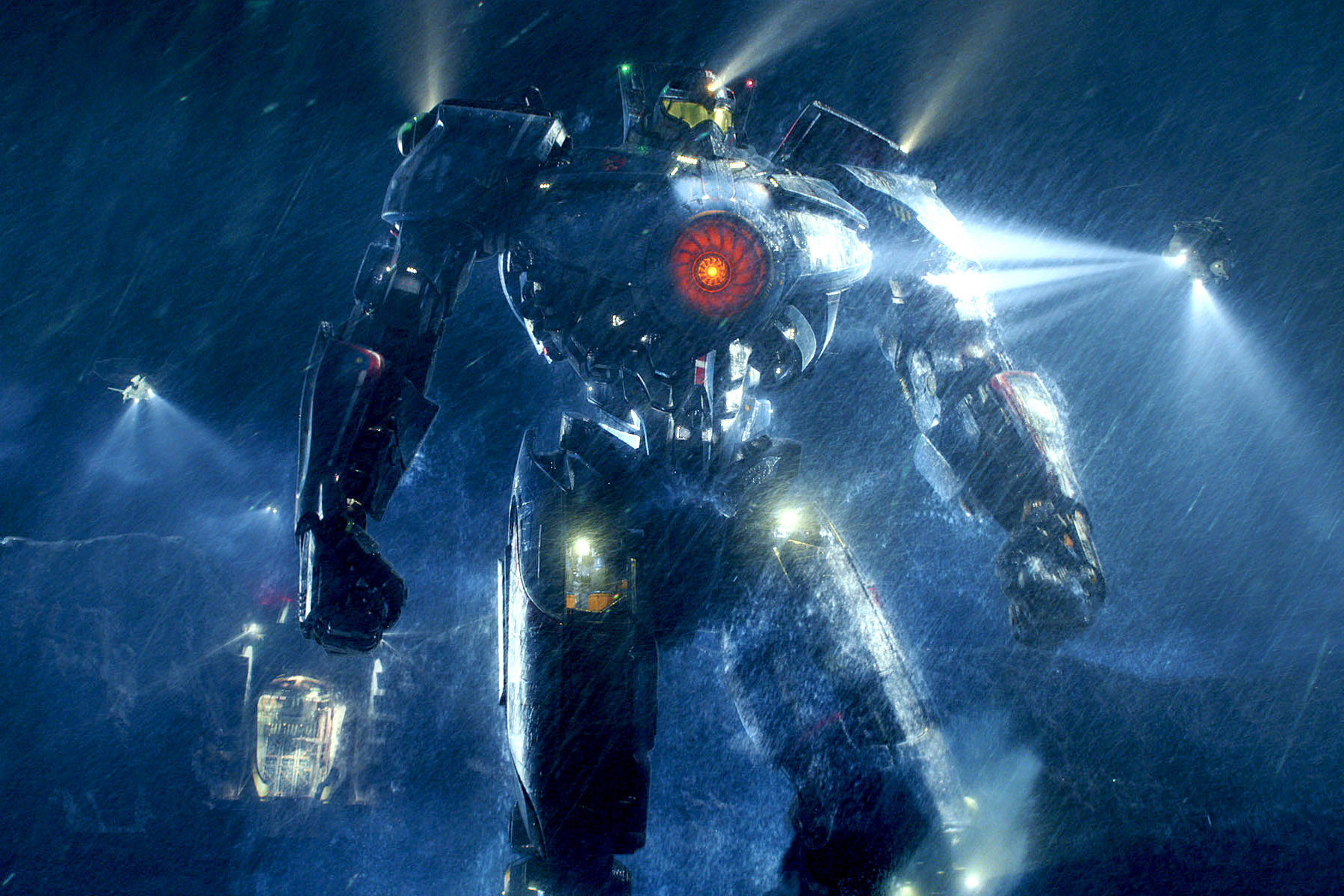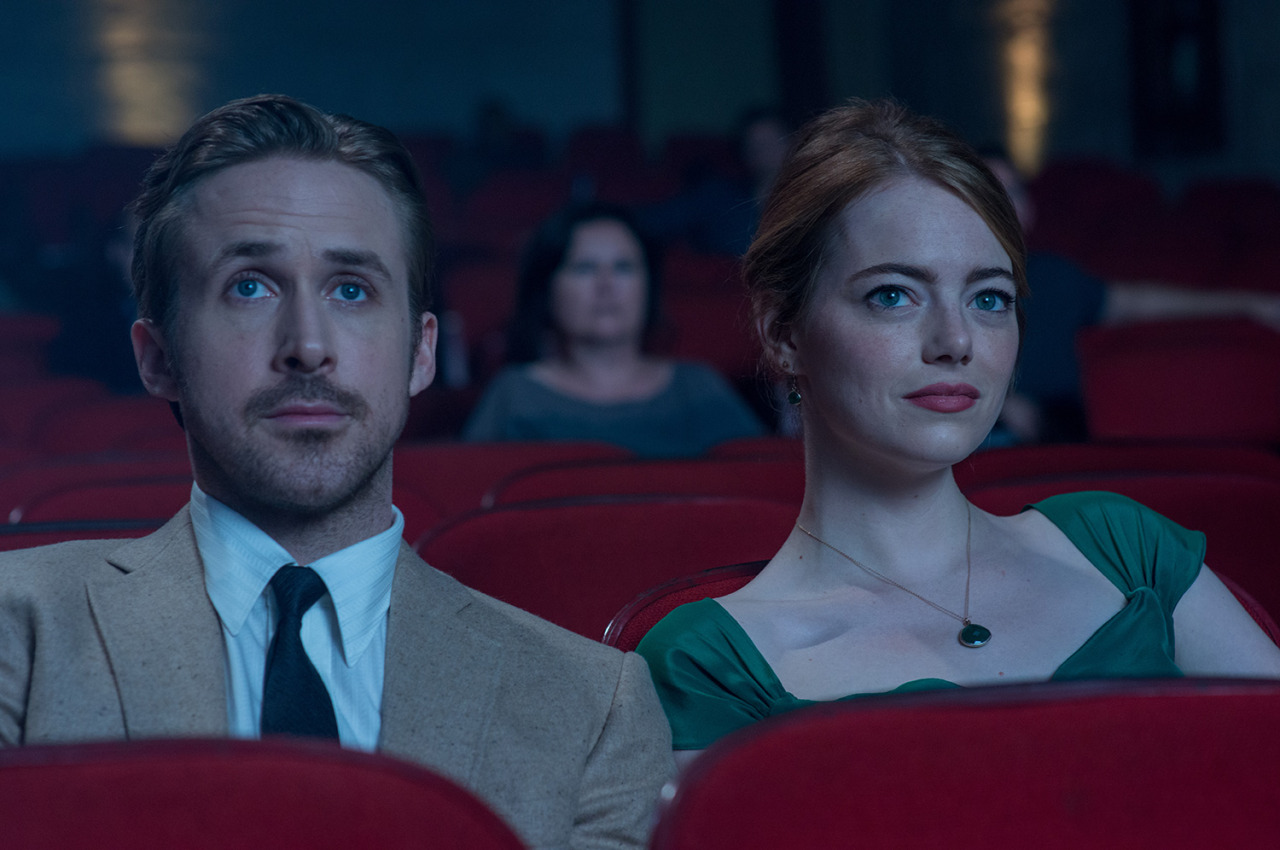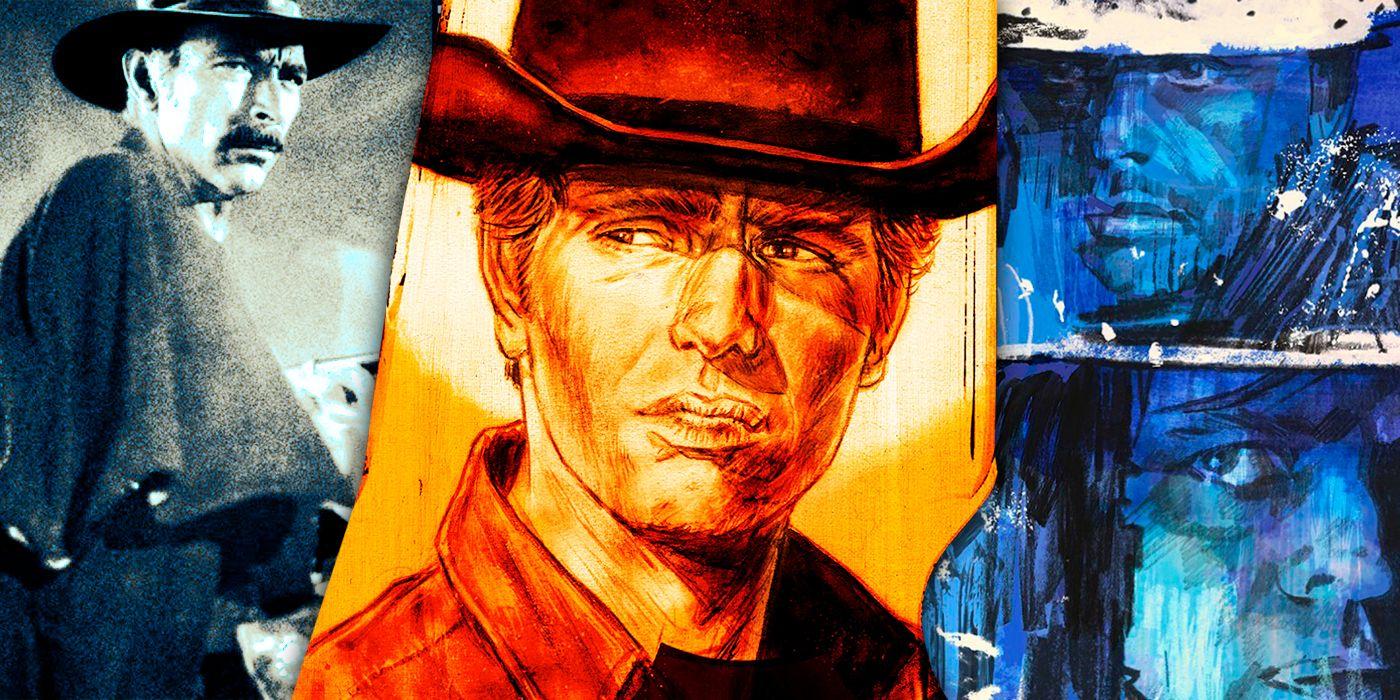The science fiction and action genres have long been home to tales of giant monsters, heroic underdogs, and humanity’s struggle against seemingly insurmountable odds. By 2013, audiences were familiar with kaiju films from Japan like Godzilla, as well as Hollywood’s penchant for spectacular destruction in films such as “Independence Day” and “Transformers.” Yet, ‘Pacific Rim’, directed by Guillermo del Toro, managed to carve a new identity despite drawing clear inspiration from these traditions.
Rich Visual World-Building and Design
One of the movie’s most striking features is its immersive world. Del Toro and his artistic collaborators poured considerable effort into constructing a plausible near-future Earth, plagued by Pacific breaches that enable colossal kaiju incursions. What truly distinguishes this picture isn’t merely the immense scale of its robotic heroes, dubbed Jaegers, or the terrifying majesty of the kaiju, but the meticulous design principles underpinning them. Jaegers such as Gipsy Danger and Striker Eureka possess distinct identities, merging mechanical authenticity with individual characteristics evident in their national origins and pilot histories.
Moreover, the kaiju transcend mere brute creatures; each possesses a distinct identity, complete with a designation, unique abilities, and even strategic objectives, thereby crafting an unforgettable collection of adversaries. The production design group drew from a broad spectrum of influences, encompassing everything from classic monster cinema to modern anime, yet seamlessly integrated these elements into a visual style that felt entirely native to the film’s world.
Synchronicity Amplifies Emotional Impact
Central to the film’s narrative innovation is the concept of Drift compatibility. Unlike the lone-wolf hero tropes common in Western blockbusters, “Pacific Rim” introduces a neural handshake mechanism requiring two pilots to synchronously operate a Jaeger. This concept reimagines combat as a deeply psychological and emotional experience, where physical prowess must be matched by emotional compatibility. The Drift compels characters to confront trauma, vulnerability, and interpersonal trust, moving action sequences from mere spectacle to windows into human connection.
Case studies from fan and critical response highlight how this mechanism resonated with audiences. For example, the partnership between Mako Mori and Raleigh Becket elicited strong fan engagement, catalyzing extensive discussion in online communities and inspiring the “Mako Mori Test” as an alternative to the Bechdel Test for female character agency in film.
Subverting Genre Stereotypes
While numerous colossal creature features often celebrate military valor or patriotic fervor, “Pacific Rim” embraces a global outlook. The Pan Pacific Defense Corps functions as a worldwide alliance, not solely an American rescue operation, featuring Jaegers and their operators originating from Australia, China, Russia, and Japan, in addition to the United States. This diverse cultural representation is also reflected in the film’s cast and storytelling, with Rinko Kikuchi’s Mako Mori developing into a central figure whose journey is just as crucial as those of her male colleagues.
Guillermo Del Toro himself, in various discussions, highlighted the significance of portraying collaboration rather than confrontation, stressing the vital role of solidarity when confronting an existential danger. The movie’s visual style, ranging from the vibrant Jaegers to the besieged urban landscapes, consistently reinforces this principle of collective power.
Practical Effects and Innovative Cinematography
Another element that elevates “Pacific Rim” is its visual effects methodology. In a cinematic environment frequently characterized by weightless computer-generated imagery, Del Toro championed volumetric realism: Jaegers convey a profound sense of weight and momentum, and their collisions with cityscapes are depicted with meticulous detail. This effect is accomplished through a combination of CGI and a substantial reliance on practical effects for the cockpit scenes. The actors portraying the pilots physically experience simulated impacts, powerful strobe lights, and actual water, which enhances the film’s credibility and draws the audience deeper into the experience.
The movie’s utilization of color is just as groundbreaking. Drawing inspiration from anime aesthetics, every sequence features vibrant blues, oranges, and neon hues, boldly departing from the muted color schemes prevalent in modern blockbusters. Reviewers lauded this visual audacity as both an homage to genre conventions and an innovative reimagining.
Music and Sound: Crafting an Auditory Identity
Ramin Djawadi’s musical composition for “Pacific Rim” warrants particular recognition. Rather than relying on the standard orchestral crescendos often found in Hollywood action sequences, Djawadi crafted an auditory environment that fuses electric guitars, conventional orchestral arrangements, and industrial components. The resulting musical themes, especially those accompanying Jaeger advancements and kaiju confrontations, strike a balance between a heroic and an industrial character, elevating the tension and providing a distinct sonic presence for the movie’s enormous contraptions.
Sound design further punctuates the sense of enormity, using deep, resonant roars and metallic clashes that distinguish each kaiju and Jaeger. This contributed to sensory immersion that critics likened to actually “feeling” the weight of the battles.
Metatextual Tribute and Genre Awareness
Guillermo del Toro conceived of “Pacific Rim” as more than just a superficial spectacle; he envisioned it as a metatextual tribute to the cinematic and animated traditions that shaped his artistic vision. The movie openly displays its inspirations, incorporating elements from mecha anime like “Neon Genesis Evangelion” and “Gundam,” alongside homages to classic monster films such as “Godzilla” and “Ultraman.” However, it transcends mere imitation by skillfully blending these diverse components into innovative storytelling structures and breathtaking visual displays.
Analysts observe that the movie’s initial sequence, which opts for instant, cataclysmic action instead of a gradual introduction, demonstrates a sharp understanding of contemporary viewer demands, thus modernizing the kaiju narrative for a new era while preserving its emotional and thematic essence.
Enduring Cultural Influence
Despite its varied performance at the North American box office, “Pacific Rim” achieved considerable international success, particularly captivating audiences in regions like China and Japan. The film’s extensive merchandising potential led to the creation of toys, comic books, novels, and even an animated series on Netflix, showcasing its remarkable ability to inspire diverse forms of storytelling across different media.
Academically, the film prompted fresh discourse around genre hybridity, global film production, and representations of trauma, with several publications examining its novel approach to character relations and cooperative action.
“Pacific Rim” stands out in its genre by blending reverence for kaiju and mecha tradition with inventive storytelling, emotional depth, and a resplendent audiovisual palette. It reshaped old icons into modern myths, elevating both the spectacle and the soul of the genre. By positioning unity, empathy, and imaginative world-building at its core, “Pacific Rim” expanded the possibilities of what a giant monster film could mean and accomplish for global audiences.




